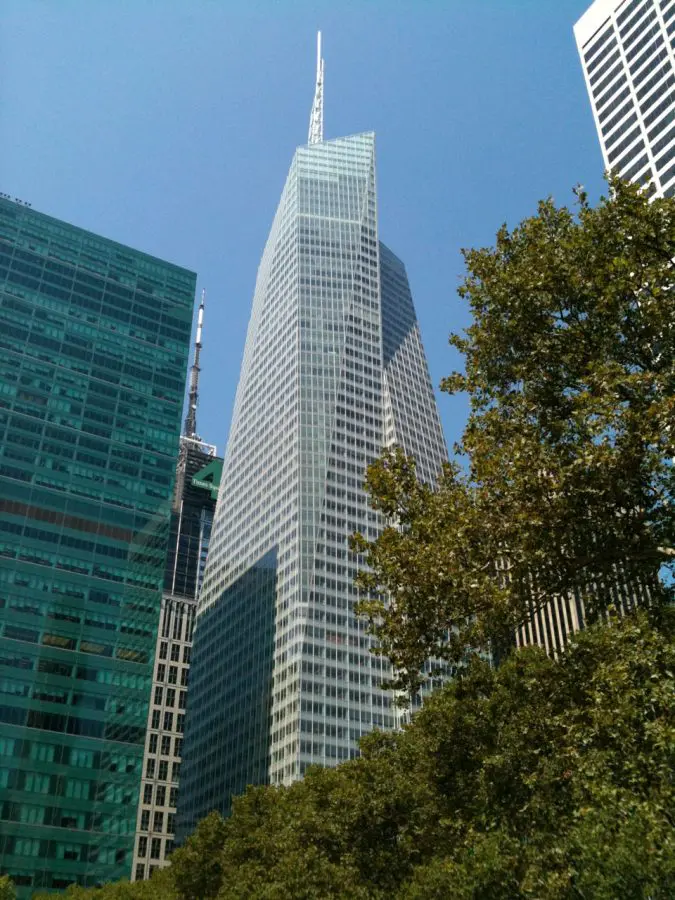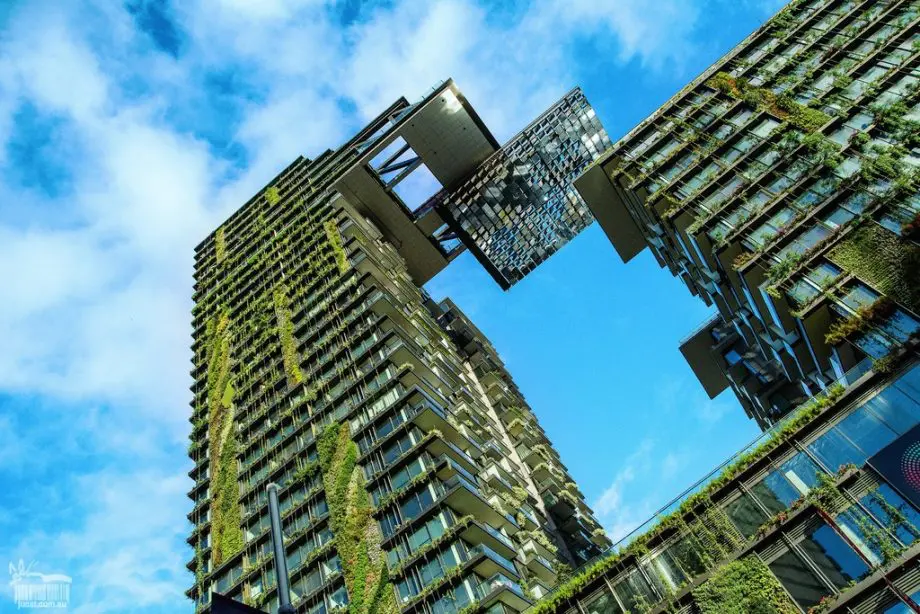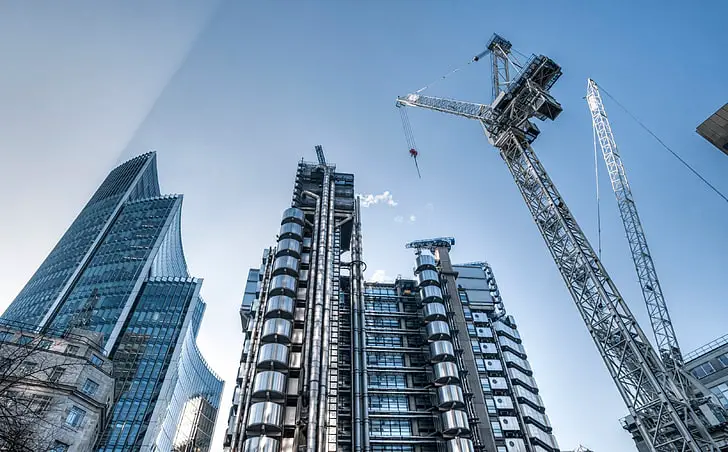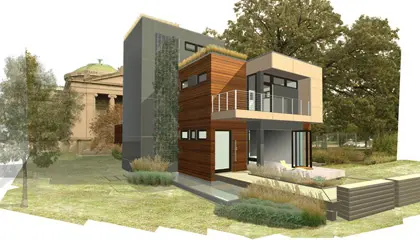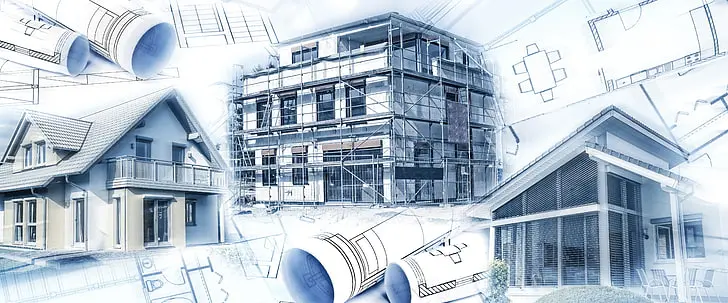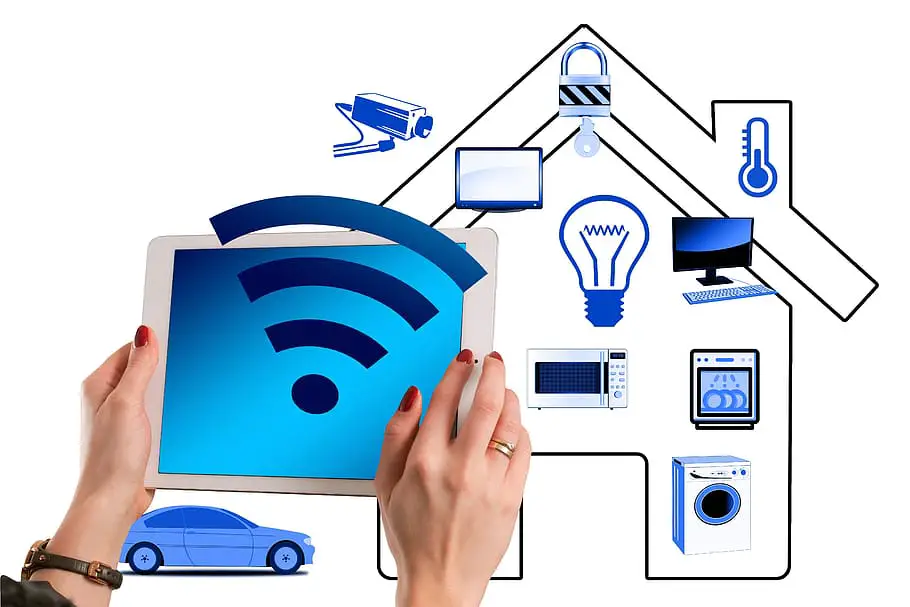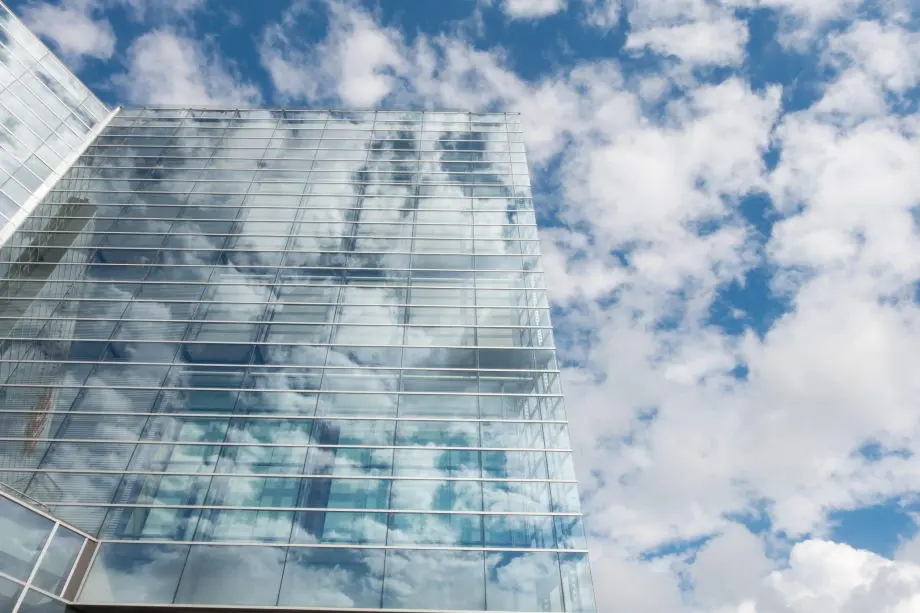
Discover the world of green building and energy efficiency! Learn how it’s shaping our future, enhancing our lives, and helping our planet. Join us!
Welcome to the fascinating journey of green building and energy efficiency!
It’s more than just a trend; it’s a lifestyle change that’s sweeping across the globe.
Imagine living and working in spaces that not only provide comfort and functionality but also contribute positively to our environment.
That’s the magic of green building and energy efficiency. It’s about creating a sustainable future while enjoying the benefits today.
So, let’s dive in and explore this captivating world together!
Green Building and Energy Efficiency
Welcome aboard! Today, we’re going to delve into the intriguing world of green building and energy efficiency.
We’ll be exploring everything from the core principles of green building, and its numerous benefits, to shining examples that are leading the way.
We’ll also demystify the concept of energy efficiency in buildings, discuss the strategies to enhance it, and showcase some stellar examples.
And that’s not all! We’ll also guide you through the maze of green building standards and certifications, and share some effective strategies for achieving energy efficiency.
Plus, we’ve got a handy FAQ section to answer some of your burning questions.
So, buckle up and get ready for an enlightening journey into the future of sustainable living and construction!
Definition of Green Building and Energy Efficiency
Let’s start with the basics, shall we? When we talk about ‘green building’, we’re referring to a process that is environmentally responsible and resource-efficient throughout a building’s life cycle.
It’s all about designing and constructing buildings in a way that reduces their negative impacts on the environment and our health.
We need to mitigate climate change and ‘energy efficiency’ is a key part of this.
It’s about reducing the amount of energy required to provide products and services.
In the context of green building, energy efficiency often means designing buildings that need less energy for heating, cooling, and lighting, or that generate their own energy from renewable sources.
Importance of Green Building and Energy Efficiency
Now, you might be wondering, Why all this fuss about green building and energy efficiency?
Well, it’s simple. Buildings account for a significant portion of the world’s energy consumption and carbon emissions.
By making new buildings more energy-efficient and ‘green’, we can drastically reduce this impact.
But the benefits don’t stop at the environment. Green buildings are often healthier and more comfortable for occupants.
They can also save money in the long run due to lower energy and water bills. So, it’s a win-win situation for us and the planet!
The Concept of Green Building
Ready to dive deeper? Let’s now explore the concept of green building.
It’s not just about a building that looks green or is filled with plants.
It’s a holistic approach that considers the building’s positive impact on the environment, both during construction and throughout its lifecycle.
It’s about creating structures that are not only aesthetically pleasing but also beneficial to our planet and its inhabitants.
So, let’s unpack this exciting concept and see how it’s revolutionizing the way we think about architecture and construction.
Principles of Green Building
First off, let’s talk about the principles that guide green building. It’s like a recipe, with each ingredient playing a crucial role in the final outcome.
One of the key principles is sustainability, which means using resources in a way that meets our needs without compromising the ability of future generations to meet theirs.
Then there’s energy efficiency, which involves designing buildings to use less energy.
Water efficiency is another principle, that aims to reduce water consumption and protect water quality.
Lastly, we have the principle of creating healthy indoor environments, which focuses on improving indoor air quality and using building materials that are safe for our health.
Benefits of Green Building
Now, onto the benefits! Green buildings offer a host of advantages.
Environmentally, they help reduce emissions and conserve natural resources.
Economically, they can reduce operating costs and create new jobs.
For occupants, green homes can provide a healthier and more comfortable living environment.
They can also improve productivity for businesses. Plus, they can contribute to a sense of community and improve the overall quality of life.
Examples of Green Buildings
These buildings are just a few examples of what’s possible when we embrace the concept of green building.
Bullitt Center in Seattle, USA

To bring this all to life, let’s look at some real-world examples. The Bullitt Center in Seattle, USA, is often referred to as the greenest commercial building in the world.
It’s a net-zero energy building, meaning it produces as much energy as it uses.
The Edge in Amsterdam
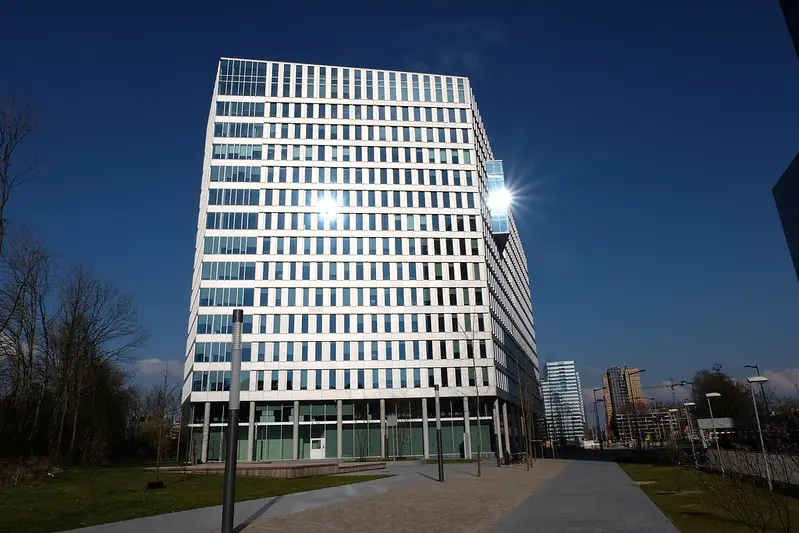
Then there’s the Edge in Amsterdam, which is considered one of the most sustainable office buildings in the world, thanks to its use of renewable energy and smart technology.
Pixel Building in Melbourne, Australia
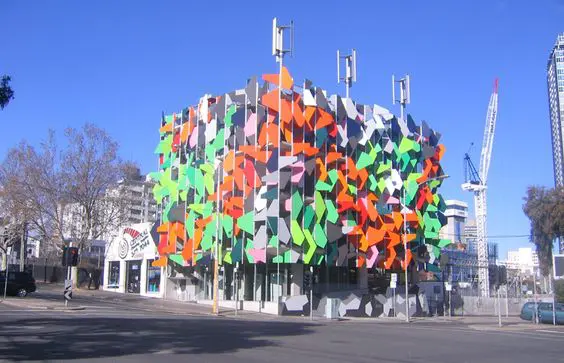
And let’s not forget about the Pixel Building in Melbourne, Australia, which has a perfect Green Star rating and features a living roof, rainwater collection system, and solar panels.
The Bahrain World Trade Center

The Bahrain World Trade Center located in Manama, Bahrain. This iconic structure is the first skyscraper in the world to integrate wind turbines into its design. The three massive turbines supply 15% of the building’s energy needs, making it a shining example of sustainable architecture.
Another great example is the Bank of America Tower in New York City, USA. It’s one of the most environmentally friendly and efficient buildings in the world. The tower boasts a range of green features, including a rainwater collection system, energy-saving insulating glass, and a high-tech air filtration system. It’s also the first skyscraper designed to attain a Platinum LEED Certification, showing that green building principles can be applied at any scale.
These examples show how innovative design and green building principles can come together to create structures that are not only visually impressive but also kind to our planet.
Energy Efficiency in Buildings
Now that we’ve got a good grasp of green building, let’s shift gears and delve into the realm of energy efficiency in buildings. It’s a topic that’s gaining momentum, and for good reason. With buildings accounting for a significant portion of global energy use, improving their energy efficiency can have a huge impact on our environment and economy. But it’s not just about the big picture. Energy efficiency can also make buildings more comfortable and cost-effective for the people who use them. So, let’s dive in and discover how energy efficiency is transforming the way we design, construct, and use buildings.
Importance of Energy Efficiency
Let’s start with why energy efficiency is so important. In a world where resources are finite and energy costs are rising, energy efficiency is like a secret weapon. It helps us get more out of what we have. For buildings, this means using less energy to achieve the same, or even better, levels of comfort and service. And the benefits don’t stop there. Energy efficiency can also help reduce greenhouse gas emissions, improve air quality, and even create jobs in sectors like construction and manufacturing. So, it’s not just good for our wallets, but also for our planet and economy.
Strategies for Enhancing Energy Efficiency
So, how can we make buildings more energy efficient? There are many strategies, but let’s touch on a few key ones. One strategy is to improve the building envelope – that’s the barrier between the interior and exterior of the building. This can involve things like better insulation and high-performance windows. Another strategy is to use more efficient systems and appliances, like energy-efficient lighting and HVAC systems. And let’s not forget about the role of renewable energy sources, like solar panels, which can help reduce a building’s reliance on traditional energy sources.
Energy Saving Features in Green Building
Green buildings often incorporate a range of energy-saving features. These can include everything from solar panels and wind turbines, to green roofs and rainwater harvesting systems. Other features might be less visible but are just as important. Think of things like high-efficiency boilers, energy-saving lighting, and advanced building controls that automatically adjust lighting and temperature based on occupancy and time of day.
Examples of Energy Efficient Buildings
To wrap up this section, let’s look at a couple of examples of energy-efficient buildings. The One Angel Square in Manchester, UK, is one such example. It’s designed to be one of the most sustainable large buildings in the world and features a high-performance facade, energy-efficient lighting, and a biodiesel cogeneration plant. Another example is the Powerhouse Kjørbo in Norway, which is not just energy-efficient, but energy-positive – it actually produces more energy than it consumes over its lifecycle. These examples show that with the right strategies and technologies, energy-efficient buildings can become the norm rather than the exception.
Green Building Standards and Certifications
As we continue our journey, let’s now turn our attention to green building standards and certifications. These are like the rulebooks and scorecards for green building. They set out what a green building should look like and provide a way to measure and recognize achievement. But they’re more than just a badge of honor. They can help drive innovation, improve building quality, and provide assurance to occupants and investors. So, let’s dive in and discover how these standards and certifications are helping to shape the future of green building.
Overview of Green Building Standards
Green building standards are like the blueprints for sustainable construction. They provide guidelines and criteria that help architects, builders, and owners create structures that are environmentally friendly, energy-efficient, and healthy to live or work in. There are several green building standards out there, but some of the most recognized include the Leadership in Energy and Environmental Design (LEED), Building Research Establishment Environmental Assessment Method (BREEAM), and the Living Building Challenge. Each has its own set of criteria and scoring system, but all aim to promote sustainable building practices.
Importance of LEED Certification
Now, let’s talk about LEED certification. It’s one of the most popular green building certification systems worldwide, and for good reason. LEED-certified buildings are designed to lower operating costs, increase asset value, reduce waste sent to landfills, conserve energy and water, and be healthier and safer for occupants. Plus, they qualify for tax rebates, zoning allowances, and other incentives in many cities. So, achieving LEED certification can be a real game-changer.
Process of Achieving LEED Certification
Achieving LEED certification is like running a marathon. It requires planning, effort, and commitment. The process starts with registering the project and paying the registration fee. Then, the project team must meet a series of prerequisites and earn points by implementing green building strategies related to sustainable sites, water efficiency, energy and atmosphere, materials and resources, indoor environmental quality, and innovation in design. Once the project is complete, it’s reviewed by the Green Building Certification Institute. If it earns enough points, it’s awarded a Certified, Silver, Gold, or Platinum certification. It’s a rigorous process, but the benefits make it well worth the effort!
V. Strategies for Green Building and Energy Efficiency
Let’s now delve into the heart of the matter – the strategies that make green building and energy efficiency possible. These are the tools and techniques that architects, engineers, and builders use to create buildings that are not only functional and beautiful, but also kind to our planet. From passive design and green roofs to energy-efficient lighting and renewable energy production, these strategies are transforming the way we think about and construct buildings. So, let’s roll up our sleeves and explore how these strategies are helping to create a more sustainable and energy-efficient future.
Passive Design and Green Roofs
Let’s kick things off with passive design and green roofs. Passive design is all about working with the surrounding environment to maintain a comfortable temperature in the building. It involves things like orienting the building to take advantage of natural light and heat, using insulation to reduce heat loss, and designing windows and vents to encourage natural ventilation. Now, green roofs are a fantastic complement to passive design. They’re roofs covered with vegetation, which can provide insulation, reduce the heat island effect, and even create habitats for wildlife. Plus, they look pretty cool, don’t they?
Energy Efficient Lighting
Next up, energy-efficient lighting. It’s a simple but effective way to reduce a building’s energy use. This can involve using LED or compact fluorescent lamps (CFLs), which use significantly less energy than traditional incandescent bulbs. It can also involve design strategies, like maximizing natural light through windows and skylights, or using automatic controls that adjust lighting based on the time of day or occupancy.
Efficient Machinery
Efficient machinery is another key piece of the puzzle. This includes things like high-efficiency HVAC systems, which can significantly reduce a building’s energy use, and energy-efficient appliances, which can cut energy use in kitchens, laundry rooms, and other areas. It’s all about doing the same (or more) with less and enjoying the energy savings!
Renewable Energy Production
Last but not least, let’s talk about renewable energy production. This involves generating energy from renewable sources, like the sun, wind, or even geothermal heat. For buildings, this can mean installing solar panels or wind turbines, or using geothermal heat pumps. These systems can provide a significant portion of a building’s energy needs, reducing its reliance on fossil fuels and its impact on the environment. Plus, with the cost of these technologies continuing to fall, they’re becoming an increasingly practical and affordable option for many buildings.
Monitoring and Tracking Energy Efficiency
As we continue our exploration, let’s turn our attention to a crucial aspect of green building and energy efficiency – monitoring and tracking. It’s one thing to design and build with energy efficiency in mind, but how do we know if we’re truly achieving our goals? That’s where monitoring and tracking come in. They provide the data and insights we need to understand how a building is performing and where improvements can be made. So, let’s dive in and discover how these tools are helping to ensure that our green buildings are living up to their promise.
Importance of Benchmarking and Tracking
First up, let’s talk about benchmarking and tracking. These are crucial for understanding a building’s energy performance and identifying opportunities for improvement. Benchmarking involves comparing a building’s energy use to that of similar buildings or to a standard, like the Energy Star rating. Tracking, on the other hand, involves monitoring a building’s energy use over time to detect trends or issues. Together, they provide a clear picture of where a building stands and where it could go in terms of energy efficiency.
Use of Building Energy Management Systems (BEMS)
Now, onto Building Energy Management Systems (BEMS). These are sophisticated systems that monitor and control a building’s energy needs. They can manage everything from heating, ventilation, and air conditioning (HVAC), to lighting and other systems. BEMS can provide real-time data on energy use, identify inefficiencies, and even automate systems to optimize energy use. They’re like the control center of an energy-efficient building, helping to ensure everything runs smoothly and efficiently.
The goal of Net Positive Energy Buildings
Finally, let’s talk about the ultimate goal – net positive energy buildings. These are buildings that produce more energy than they consume, typically through a combination of energy efficiency and renewable energy production. It’s like being more than just carbon neutral; it’s being carbon positive. Achieving this goal requires new construction, careful design, efficient systems, and ongoing monitoring and optimization. It also involves retrofitting older commercial buildings and residential buildings as well. But the result is a building that not only has a minimal environmental impact but also contributes positively to our energy grid. Now, that’s a goal worth striving for!
FAQs
As we near the end of our journey, let’s take a moment to address some frequently asked questions about green building and energy efficiency. These are the questions that often come up when people start exploring this topic. They touch on everything from the practicalities of green building and energy efficiency, to their benefits and challenges. So, whether you’re new to this topic or looking to deepen your understanding, this section is for you. Let’s dive in and answer some of your burning questions!
Q: Can I get a tax break for building green?
A: Absolutely! Many countries offer tax incentives for green building. In the United States, for example, federal, state, and local governments offer a variety of tax credits, deductions, and rebates for energy-efficient buildings. The specifics can vary, so it’s worth consulting with a tax professional or doing some research to understand what’s available in your area.
Q: How do buildings improve their energy efficiency?
A: Buildings can improve their energy efficiency in many ways. This can involve everything from using energy-efficient appliances and systems, to implementing passive design strategies, to generating renewable energy on-site. It’s also important to monitor and track energy use to identify opportunities for improvement. Remember, every building is unique, so what works best can depend on a variety of factors, including the building’s location, design, and use.
Q: Do green buildings really save energy?
A: Yes, they do! Green buildings are designed to be more energy-efficient than conventional buildings. This can involve using less energy for heating, cooling, and lighting, or generating renewable energy on-site. Plus, green buildings often incorporate advanced systems and controls that optimize energy use. So, while the exact savings can vary, green buildings typically use significantly less energy than their conventional counterparts.
Conclusion
As we draw our exploration to a close, it’s time to reflect on what we’ve learned about green building and energy efficiency. We’ve journeyed through the principles and benefits of green building, delved into the strategies for enhancing energy efficiency, and even answered some of your burning questions. But this is just the beginning. The world of green building and energy efficiency is constantly evolving, with new technologies, strategies, and insights emerging all the time. So, let’s wrap things up and look ahead to the exciting future of sustainable construction and living.
Recap of the Importance of Green Building and Energy Efficiency
As we’ve seen, green building and energy efficiency are more than just buzzwords. They’re powerful strategies for creating buildings that are better for our environment, our health, and our wallets. Green building is about constructing buildings that are environmentally responsible and resource-efficient throughout their life-cycle. Energy efficiency, on the other hand, is about reducing the amount of energy needed to provide products and services. Together, they offer a way to reduce our environmental footprint, improve living and working conditions, and even save money. So, they’re not just important – they’re essential for a sustainable future.
Future Prospects of Green Building and Energy Efficiency
Looking ahead, the future of green building and energy efficiency is bright. As awareness of the environmental impact of buildings grows, so too does the demand for green and energy-efficient buildings. Advances in technology are making it easier and more affordable to build green. Plus, the growing availability of green building certifications and standards is helping to drive progress and innovation in the field. So, whether you’re a homeowner, a builder, or just someone who cares about our planet, there’s never been a better time to embrace green building and energy efficiency. Here’s to a greener, more sustainable future!

